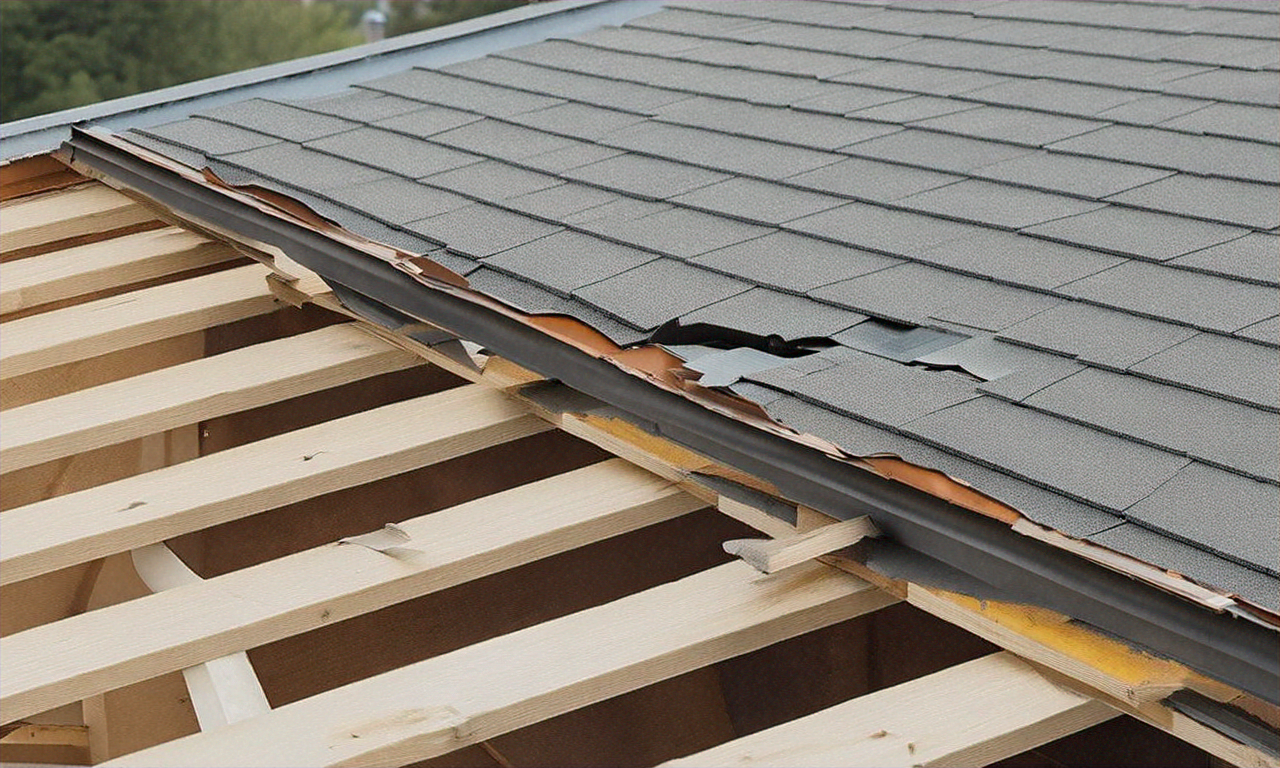Roof Repair or Replacement: Key Factors to Consider
For UK homeowners confronting roofing issues, decisions between repair and replacement require careful consideration of various factors like damage extent and budget constraints. Repairing can be cost-effective for newer roofs, while replacement suits older or severely damaged roofs. Weighing DIY efforts against professional services also factors into ensuring lasting results and safeguarding home value.

Repairing vs. Replacing a Roof: Options for UK Homeowners
The decision between repairing or replacing your roof depends on several key factors. Roof repairs are typically suitable for isolated issues such as a few missing shingles, small leaks, or minor storm damage. These repairs can extend your roof’s lifespan for several more years when the overall structure remains sound. Replacement, however, becomes more cost-effective when damage is extensive or widespread.
UK homeowners should consider their roof’s overall age when making this decision. Most asphalt shingle roofs last 20-25 years, while slate, clay tiles, and metal roofing can last 50+ years with proper maintenance. If your roof is approaching the end of its expected lifespan and showing multiple signs of wear, replacement often provides better value than continued repairs.
Another important consideration is your long-term plans for the property. If you intend to sell within the next few years, a new roof can significantly increase your home’s marketability and value. Conversely, if you’re planning extensive renovations or additions to your home in the near future, coordinating these with roof replacement work might offer cost efficiencies.
Factors to Consider in Roof Repair
When evaluating whether repair is a viable option, several factors deserve careful attention. The extent and location of damage play critical roles in this assessment. Isolated problems affecting a small area might be suitable for repair, while widespread issues typically point toward replacement.
The availability of matching materials is another important consideration. Older roofs may use tiles or shingles that are no longer manufactured, making repairs visually inconsistent. This aesthetic mismatch can affect your home’s appearance and potentially its value.
Water damage assessment is crucial when considering repairs. Visible leaks might only represent the surface problem, with more extensive damage hidden within the roof structure. Professional inspections can reveal the true extent of moisture penetration and determine whether repairs will effectively solve underlying issues or merely mask them temporarily.
When Roof Replacement Becomes Necessary
Certain warning signs clearly indicate that roof replacement is the most appropriate course of action. Significant structural sagging suggests fundamental problems with the roof deck or supporting structures. This type of issue cannot be adequately addressed through repairs alone.
Widespread granule loss on asphalt shingles indicates advanced deterioration and reduced protective capacity. Similarly, curling, cracking, or buckling shingles throughout large sections of the roof demonstrate systemic failure rather than isolated problems.
Repeated repair needs within a short timeframe often signal that your roof has reached the end of its functional life. When repair costs begin approaching 30% or more of replacement expenses, complete replacement typically offers better long-term value and performance.
DIY vs. Professional Roofing Services
While some minor roof repairs might seem suitable for DIY approaches, roofing work generally benefits from professional expertise. DIY efforts carry significant safety risks, especially on steep or high roofs. Professional roofers have specialized equipment, training, and insurance to address these hazards properly.
Professional roofers also bring diagnostic expertise that helps identify underlying problems rather than just visible symptoms. Their experience enables them to spot potential issues that might not be apparent to untrained eyes, potentially preventing more extensive damage and costs in the future.
Most importantly, professional work typically comes with workmanship guarantees and often allows access to better material warranties than DIY installations. These protections provide valuable peace of mind and financial security for UK homeowners undertaking significant roofing investments.
Cost Considerations for Roof Repair and Replacement
Understanding the financial implications of roof repair versus replacement is essential for making informed decisions. Repair costs depend primarily on the damage extent, accessibility, and materials required. Minor repairs might range from £150-£400, while more extensive work can reach £1,000-£3,000.
Complete roof replacement represents a more significant investment, with costs varying based on materials, roof size, complexity, and location within the UK.
| Roofing Material | Average Cost per m² | Lifespan (Years) | Maintenance Requirements |
|---|---|---|---|
| Asphalt Shingles | £50-£75 | 20-25 | Low |
| Concrete Tiles | £35-£60 | 30-50 | Medium |
| Clay Tiles | £80-£100 | 50+ | Low to Medium |
| Slate | £90-£120 | 75+ | Low |
| Metal Roofing | £70-£130 | 40-70 | Low |
Prices, rates, or cost estimates mentioned in this article are based on the latest available information but may change over time. Independent research is advised before making financial decisions.
Beyond material costs, labor represents a significant portion of roofing expenses. Regional variations across the UK can affect pricing substantially, with London and the Southeast typically commanding premium rates compared to other regions.
Why You Should Learn More About Roof Repair and Replacement Today
Being proactive about your roof’s condition can prevent emergency situations and provide more options for addressing problems. Regular inspections—ideally twice yearly and after severe weather events—can identify minor issues before they develop into major problems requiring extensive repairs or replacement.
Understanding your roof’s current condition allows for better financial planning. Roof replacement represents a significant home maintenance expense, and advance knowledge gives homeowners time to research options, secure financing, and schedule work during optimal seasons rather than emergency circumstances.
Climate considerations are particularly relevant for UK homeowners when considering roofing options. Increased rainfall and storm activity in many regions means that durable, water-resistant roofing solutions may offer better long-term value despite higher initial costs. Materials with enhanced wind resistance might also provide greater security in areas prone to strong winter storms.
The roofing industry continues to evolve with more energy-efficient and environmentally sustainable options becoming available. Learning about these innovations can help homeowners make choices that reduce energy costs while supporting broader environmental goals.
Making informed decisions about roof repair or replacement ultimately requires balancing immediate needs with long-term considerations. By understanding the factors that influence this important home maintenance choice, UK homeowners can protect their properties effectively while managing costs appropriately.




